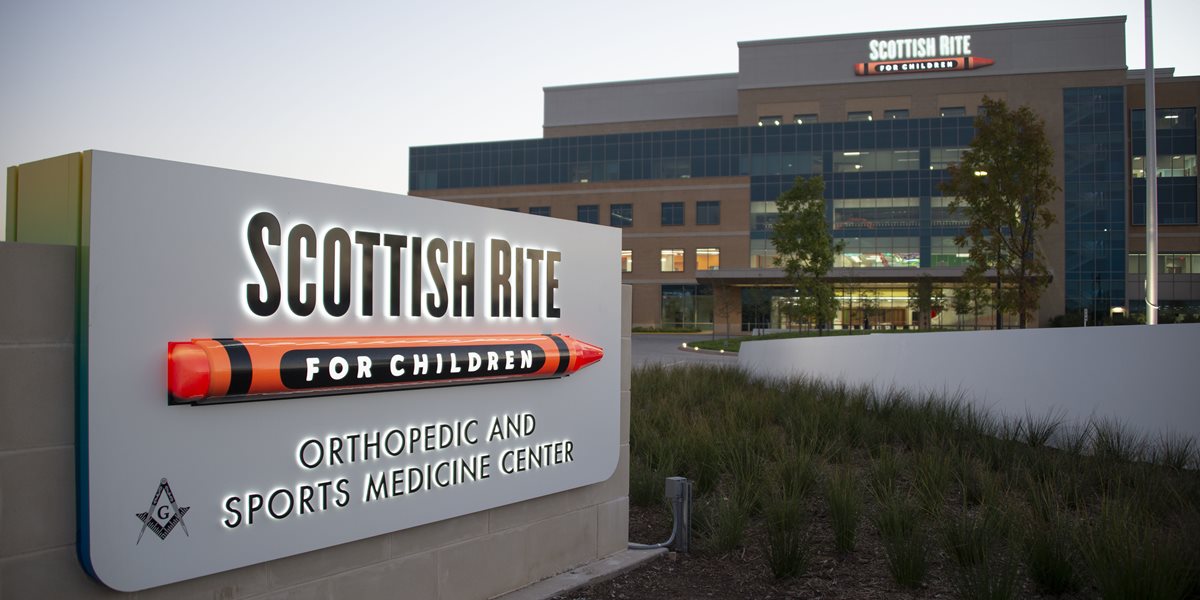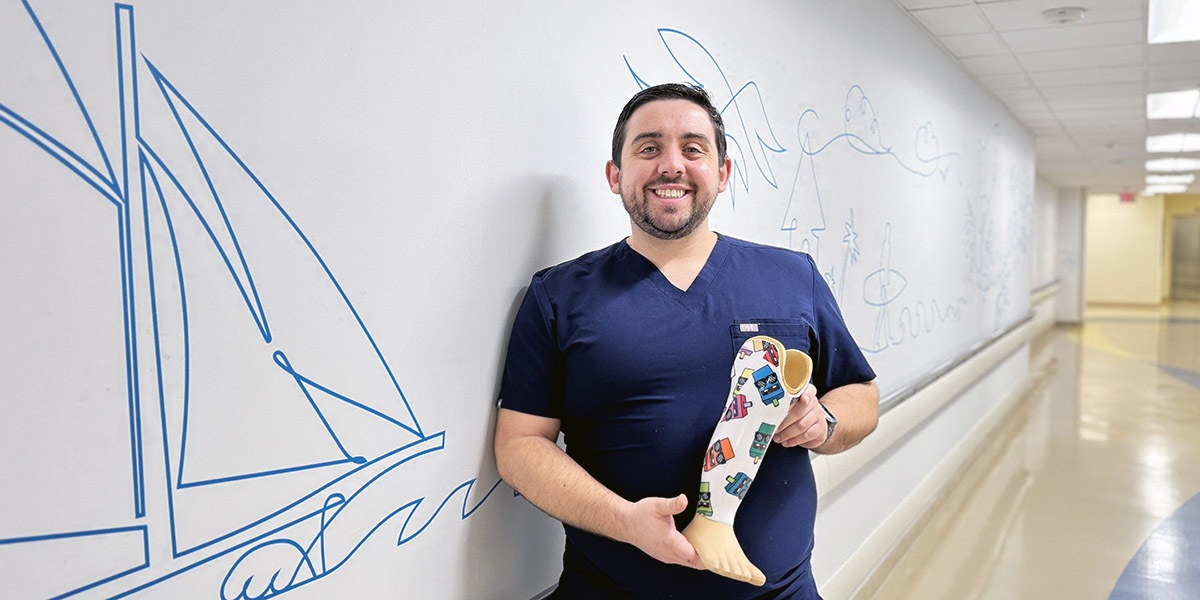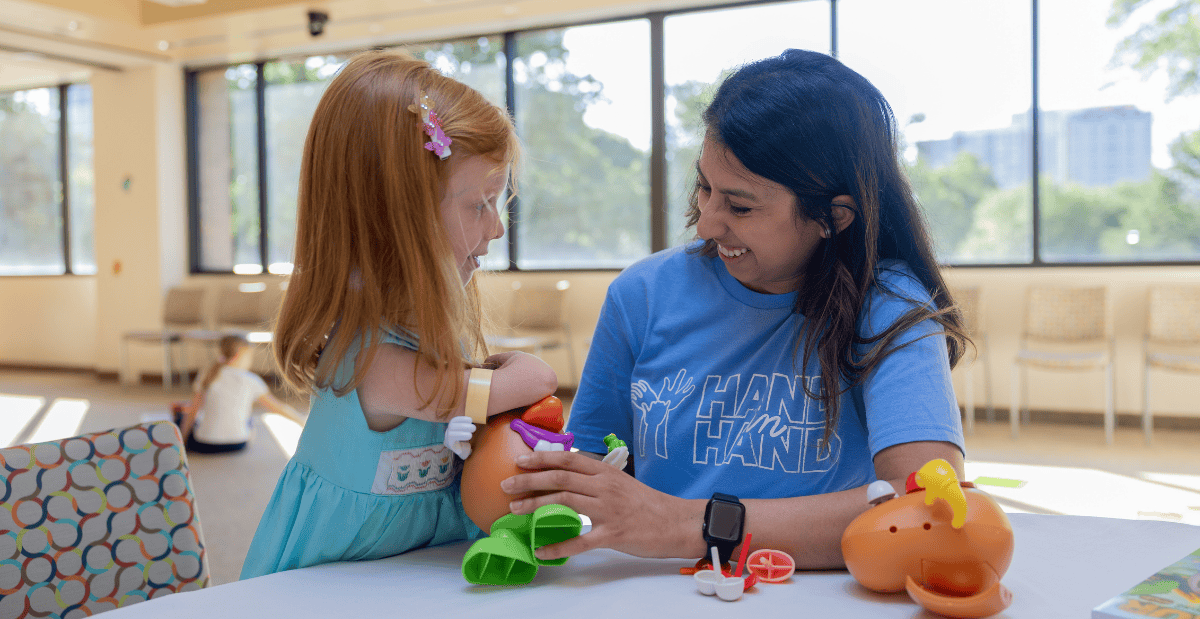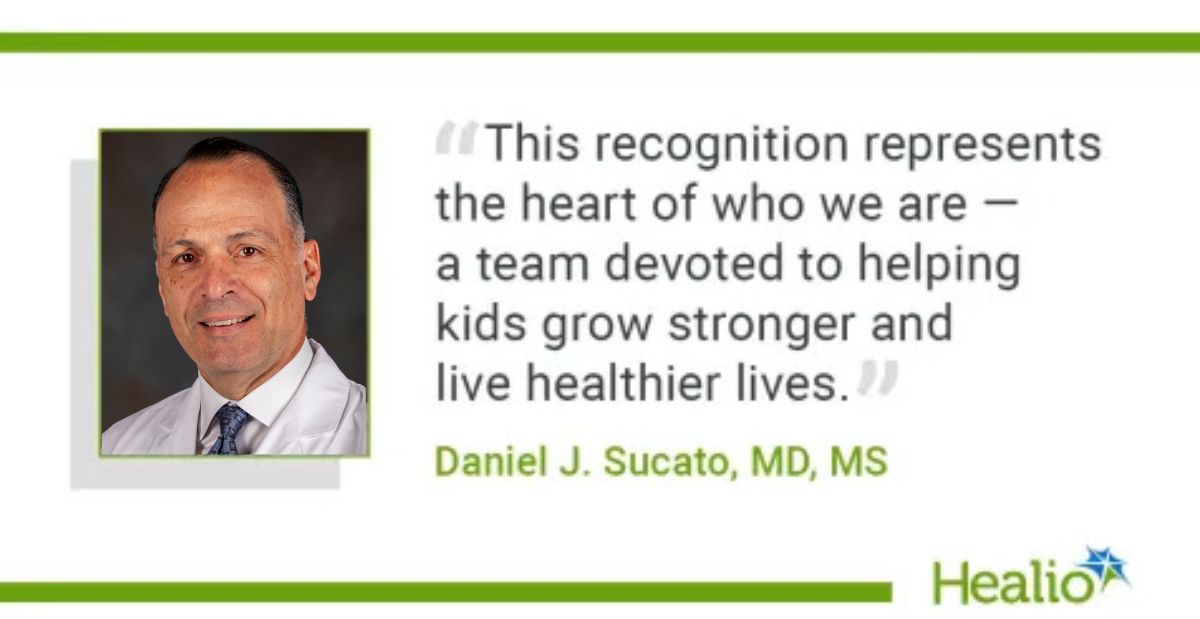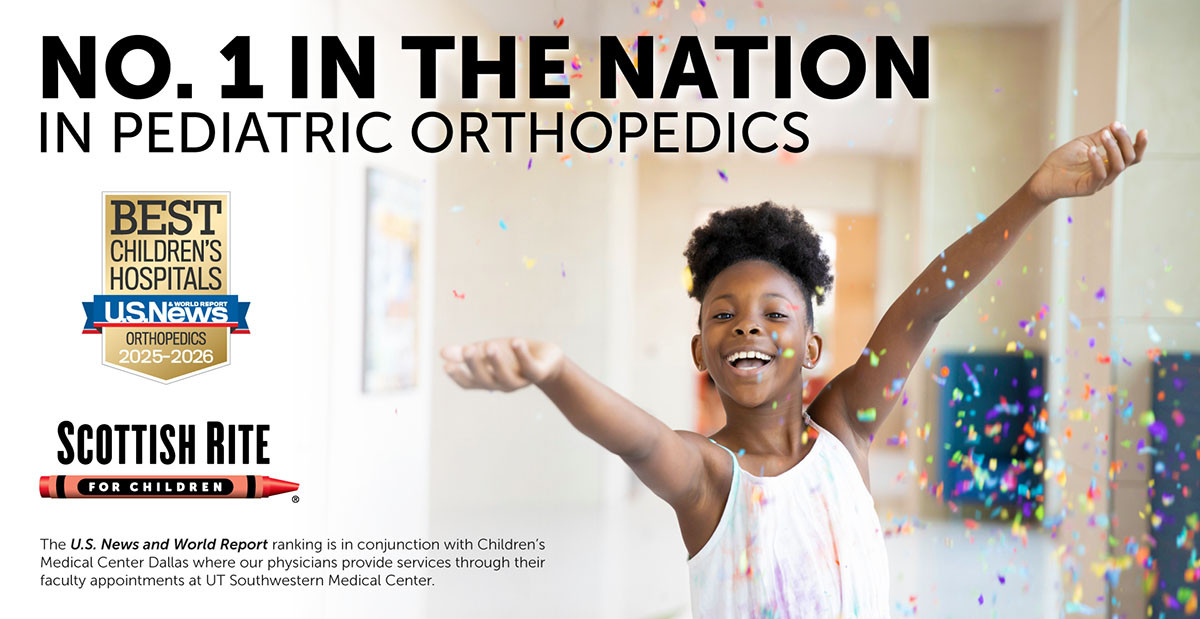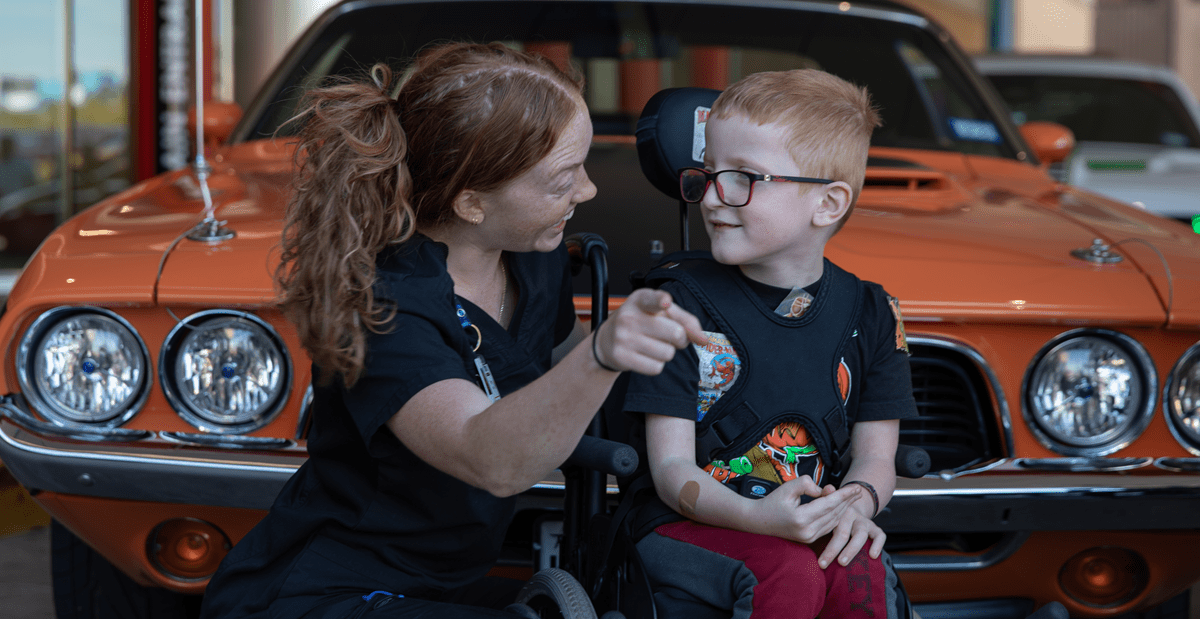View the original story on the Healthcare Design Magazine website here.
Cavazos joined HKS’ Dallas office in 2006, initially working part-time while pursuing his Master of Architecture degree at the University of Texas at Arlington. His first post was in the firm’s construction administration department, where he worked on a variety of high-end hospitality projects.
Six years into his career, he was selected to participate in the firm’s annual design fellowship program, where he impressed leadership with his design and presentation skills so much that he was invited to transfer to the elite healthcare studio. There, he developed a specialty in pediatric facility design while working on several high-profile projects, such as Akron Children’s Hospital’s Kay Jewelers Pavilion, Our Lady of the Lake Children’s Hospital, and Scottish Rite for Children Orthopedic and Sports Medicine Center.
His unique background in construction administration and design as well as his ease in creating rapport with clients make him a sought-after resource in the office. In addition to serving as a studio leader and senior designer within the firm’s health sector, he was recently promoted to the role of business development practice leader, where he collaborates on proposals, attends project interviews, and coordinates marketing materials.
Healthcare Design: After spending time in other sectors and design specialties, why did you decide to focus on healthcare?
Cavazos: Admittedly, I was unsure about moving into healthcare after my work in hospitality and sports projects. At first, I was driven by the complexity of healthcare, but, not long after joining the studio, I remember hearing one of my colleagues speak about healthcare in a way that changed my perspective completely. She said, “When you go on vacation, you get to choose which hotel you want to stay in. When you’re sick or in an emergency, you don’t always get that luxury.” From that day forward, I knew I had the power to impact people in a profound way by designing facilities that will sometimes literally bookend their lives.
Describe a recent project and a lesson you learned through your work.
Scottish Rite for Children Orthopedic and Sports Medicine Center in Frisco, Texas, where I was lead designer, responsible for site and master planning, building blocking and stacking, concept development, and exterior design. The lesson that sticks with me most is the importance of developing trust with the client and project team. There were several times when I had to ask that hospital leadership to take a small leap of faith when it came to design decisions, something I couldn’t have done without first developing that trust.
What do you think is the number one issue facing healthcare designers today?
Designing for a system that fails to holistically integrate with the population being served, which results in inequality in access, lack of personalization, and weakened impact on community health.
Share an idea you have for addressing that problem.
More could be done to better integrate outpatient services into the communities they serve. I’ve seen Starbucks stores within blocks of each other—one a shipping container-inspired setting with drive-through service and another a Starbucks Reserve Bar in a mixed-use development. They both stay busy because they reflect their immediate environment, have adjusted their service model, and cater to different people while serving the same product. Why aren’t our healthcare facilities doing more of the same?
What’s your favorite place to go for inspiration?
The Katy Trail in Dallas. Built on an old rail line, it’s a walking, jogging, and biking trail nestled in the heart of the city. A run usually gives me time to think, and I love to do it where there are lots of people to see. A place that combines so many aspects of social activity, health, community, and nature is inspirational for me.


